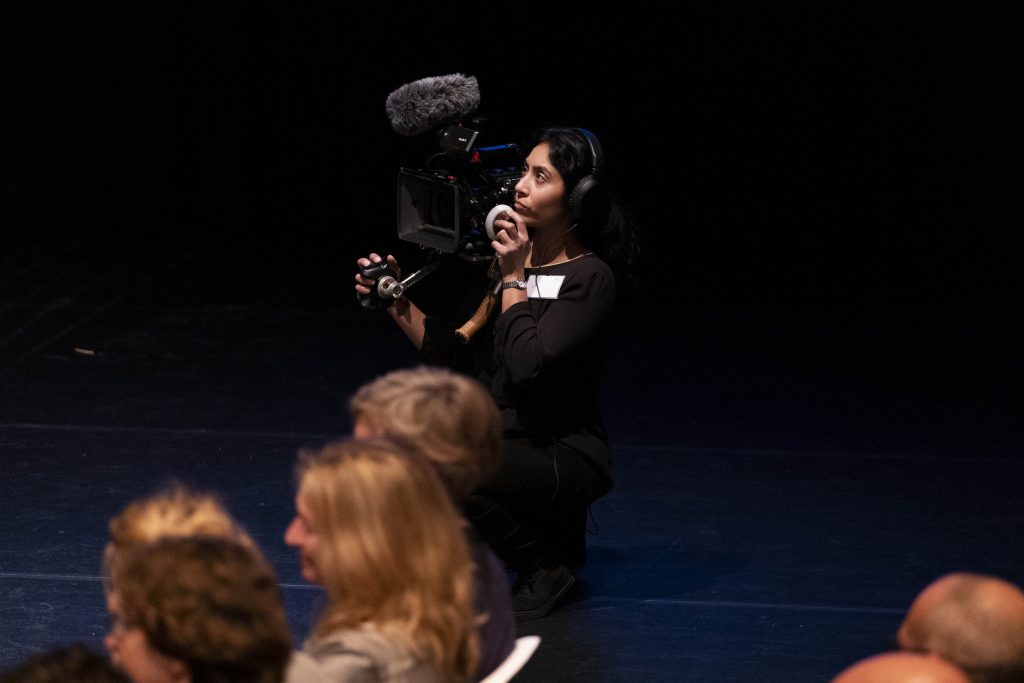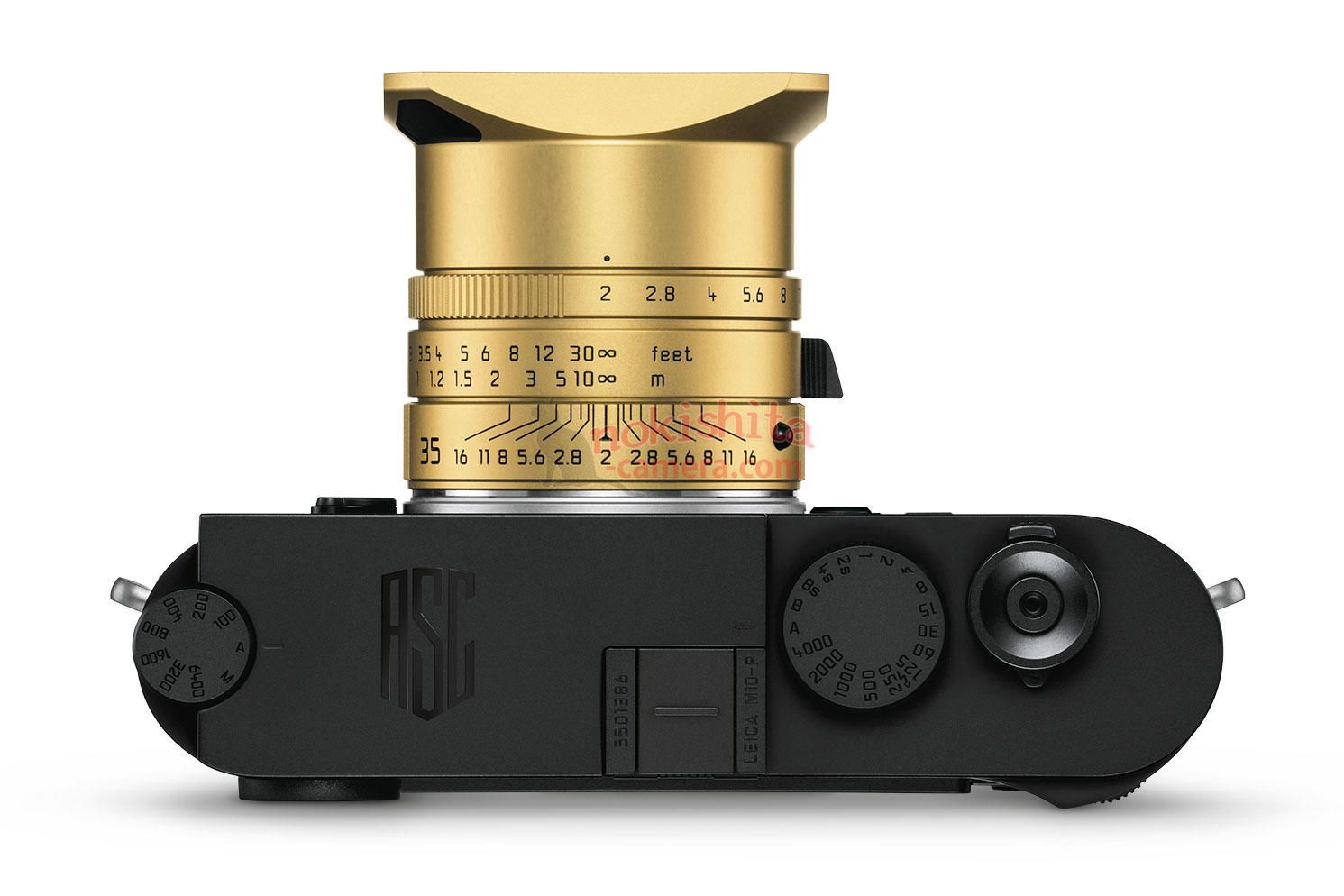The American Society of Cinematographers celebrates its 100th anniversary and Leica introduces a new version of the Leica M10-P, aimed at cinematographers. The Leica M10-P ASC 100 Edition is equipped with the Visoflex and with the M-PL lens mount adapter. Also, there’s a gold (ish) Summicron 35/2.0 ASPH with a nice metal lens cap. However, the M10, or M10-P aren’t capable of shooting video…
There are a few additions under the hood: the ASC 100 edition has two video ‘looks’: ASC Cine classic and ASC Contemporary, but that won’t turn the camera into a ‘professional tool for videographers’. Having said that, there are a lot of cameras that do shoot video and even quite impressively. There’s a big ‘however’, when using stills cameras for video.
Yes, there has been a huge increase in videographers using still cameras for video work and it’s perfectly possible to create high quality movies with cameras like the Sony A7S, or the Leica SL. But there are a few downsides as well. If you want a rig (a video camera with all other things like microphones, matte boxes, follow focus) that works and is ergonomically perfect, you end up buying a lot of expensive gear to make a stills camera into something it was not designed to do.
We’ve been there. We have tried to make a Sony A7S work as a ‘run and gun’ documentary camera, but in the end we bought the Sony FS5 video camera, simply because it works much, much better.
Three simple examples why we prefer a dedicated video camera for most of our video work:
- We need a follow focus that works: while shooting, you need to be able to adjust focus, sometimes during a shot. You should be able to do this, without having to touch your lens. We sometimes use Leica M lenses for video, but not if they have a tabbed focus ring. On these tabs, you can’t attach a follow focus ring.
- For high quality audio the standard is usually XLR. A lot of stills cameras only have a jack input. There are high quality wireless microphone sets that use a jack input, but these slide onto your hotshoe, where in this case, your Visoflex will be…
- ND filters are the bomb. With a stills camera, you can choose your shutter speed according to the available light. With video, you’re stuck with 1/50th of a second. So if you’re shooting outside on a sunny day at 400 ISO (a lot of video profiles don’t go lower than 400 or 800 ISO) you have to have a ND filter in front of your lens, unless you want to shoot at f16 or smaller all time. Our FS5 has built in ND filters, with a dedicated button, that can be switched on and off in less than a second. We can’t work without these.

